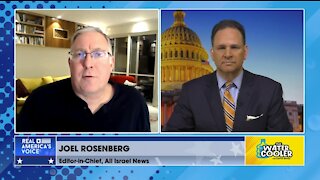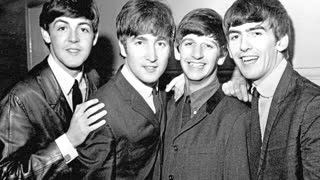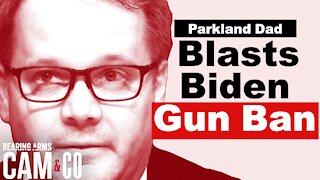Premium Only Content

"Not for Us"
February 19, 2021 -TOMMY NATION POLITICS W/ SPECIAL GUEST FATTAH MUHAMMAD
America has now become that dreaded divided republic. The existential menace is as foretold, and it is breaking the system of government the Founders put in place with the Constitution.
Though America’s two-party system goes back centuries, the threat today is new and different because the two parties are now truly distinct, a development that I date to the 2010 midterms. Until then, the two parties contained enough overlapping multitudes within them that the sort of bargaining and coalition-building natural to multiparty democracy could work inside the two-party system. No more. America now has just two parties, and that’s it.
The theory that guided Washington and Adams was simple, and widespread at the time. If a consistent partisan majority ever united to take control of the government, it would use its power to oppress the minority. The fragile consent of the governed would break down, and violence and authoritarianism would follow. This was how previous republics had fallen into civil wars, and the Framers were intent on learning from history, not repeating its mistakes.
The Democrats, the party of diversity and cosmopolitan values, came to dominate in cities but disappeared from the exurbs. And the Republicans, the party of traditional values and white, Christian identity, fled the cities and flourished in the exurbs. Partisan social bubbles began to grow, and congressional districts became more distinctly one party or the other. As a result, primaries, not general elections, determine the victor in many districts.
Over the past three decades, both parties have had roughly equal electoral strength nationally, making control of Washington constantly up for grabs. Since 1992, the country has cycled through two swings of the pendulum, from united Democratic government to divided government to united Republican government and back again, with both sides seeking that elusive permanent majority, and attempting to sharpen the distinctions between the parties in order to win it. This also intensified partisanship.
These triple developments—the nationalization of politics, the geographical-cultural partisan split, and consistently close elections—have reinforced one another, pushing both parties into top-down leadership, enforcing party discipline, and destroying cross-partisan deal making. Voters now vote the party, not the candidate. Candidates depend on the party brand. Everything is team loyalty. The stakes are too high for it to be otherwise.
The consequence is that today, America has a genuine two-party system with no overlap, the development the Framers feared most. And it shows no signs of resolving. The two parties are fully sorted by geography and cultural values, and absent a major realignment, neither side has a chance of becoming the dominant party in the near future. But the elusive permanent majority promises so much power, neither side is willing to give up on it...
-
 42:24
42:24
CNET
4 years ago"How Jesus is Related to Us"
59 -
 10:42
10:42
Freedomain
4 years agoIMPOSTER SKILL LEVEL - 2,000! "Among Us" Genius at Work!
7392 -
 3:00
3:00
Reuters
4 years ago"The government is robbing us", say young Tunisians
6515 -
 8:00
8:00
Just the News
4 years agoRosenberg: Biden's signal to Netanyahu was "not healthy."
17.8K6 -
 6:23
6:23
rollingout_TV_and_Movies
4 years agoSusan Kelechi-Watson & Sterling K Brown of "This Is Us"
136K -
 3:37
3:37
BEATLEMAN
4 years agoMY VERSION OF "TWO OF US" FROM THE BEATLES
73 -
 28:52
28:52
Bearing Arms' Cam & Company
4 years ago"Not In My Name" - Parkland Dad Blasts Biden Gun Ban
57.2K6 -
 2:04:01
2:04:01
The Pete Santilli Show
4 years agoEP 2317-9AM Trump "Not Happy" With Day One Of Impeachment
8225 -
 0:22
0:22
socksoff6
4 years ago $0.13 earnedHow to open a door "not professional"
186 -

The Quartering
3 hours agoTrump Goes NUCLEAR On Canada, Blasts Massie, Harry Potter Race Swap, Man Humiliated On TV Show
24.7K20